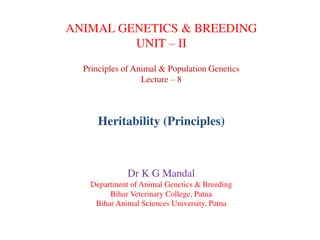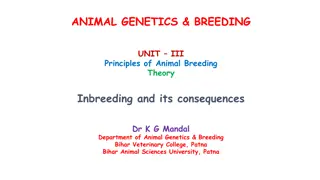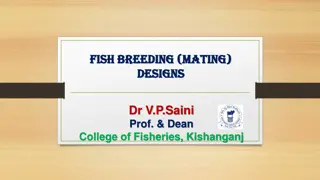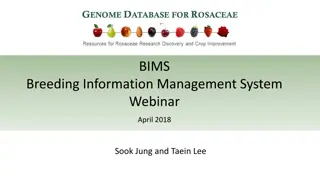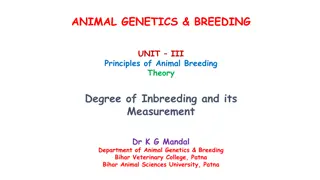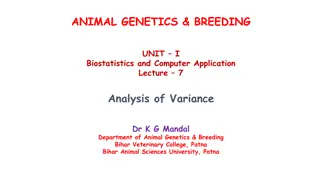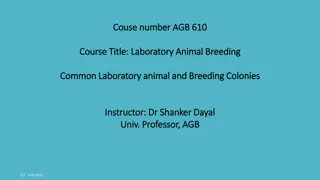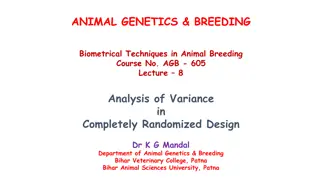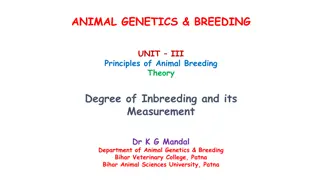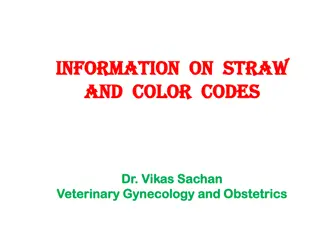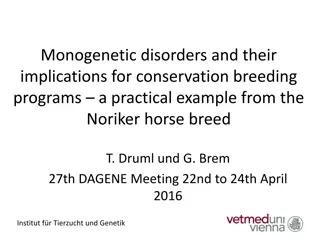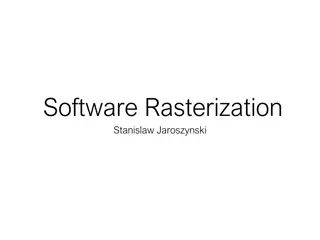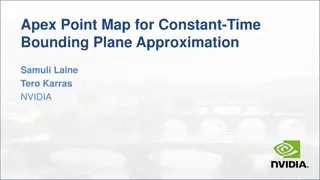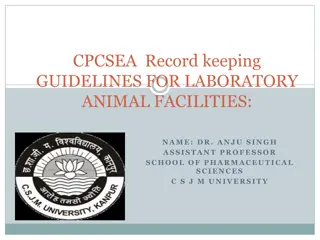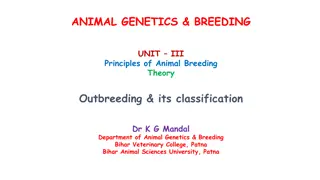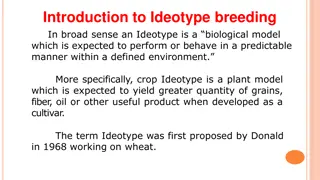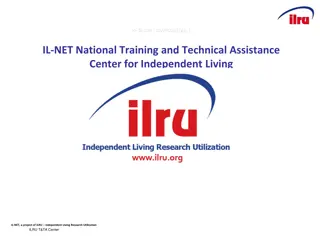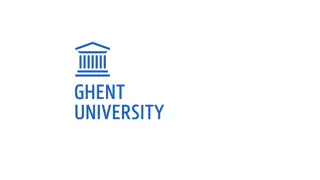Independent Culling Level (ICL) Method in Animal Breeding
The Independent Culling Level (ICL) method involves selecting multiple traits simultaneously in animal breeding. Breeders set minimum or maximum culling levels for each trait, ensuring continuous improvement in desired characteristics through successive generations. However, challenges exist in determining appropriate culling thresholds and economic considerations. Despite its benefits, ICL does not account for the economic importance of traits, impacting breeding decisions.
Download Presentation

Please find below an Image/Link to download the presentation.
The content on the website is provided AS IS for your information and personal use only. It may not be sold, licensed, or shared on other websites without obtaining consent from the author. Download presentation by click this link. If you encounter any issues during the download, it is possible that the publisher has removed the file from their server.
E N D
Presentation Transcript
BIHAR ANIMAL SCIENCES UNIVERSITY, PATNA, BIHAR Bihar Veterinary College, Patna Independent Culling level (ICL) Method Speaker: Ramesh Kumar Singh Assistant Professor cum Jr. Scientist Division of Animal Genetics and Breeding Bihar Veterinary College, Patna
Independent Culling level (ICL) Method Independent Culling level (ICL) Method selects several characteristics or traits simultaneously. Breeders set minimum or maximum culling levels or standards or criteria for each trait of selection objectives. Any animal not meeting all criteria is not selected for use in the breeding program regardless of the level of excellence of other traits.
Contd With each successive generation of progeny, the minimum quality of each characteristic is raised thus ensuring improvement of these traits. For example, a breeder has a view of what the minimum requirements for milk yield, fat yield and service period for which cows is breeding toward. The breeder will determine what the minimum acceptable quality for each of these traits will be for progeny to be folded back into her breeding program.
Any animal that fails to meet the quality threshold for any one of these criteria is culled from the breeding program. Thereby, it causes loss of excellence genes from population for a particular trait. Example To illustrate, consider a herd of dairy cattle where the average milk yield (MY) EPD is +10 and the age at first calving (AFC) is +400 days. If the producer is interested in improving MY but does not want to increase AFC, that producer might set a minimum threshold of a +15 MY EPD and a maximum AFC EPD threshold of +400. If breeder interested to add one more trait viz. Service Period (SP) with EPD not more than 120 days for genetic improvement simultaneously. Any potential sire not meeting both of those criteria would not be selected. Clearly, there are more than just 2 important traits. Additional traits are added to the breeding objective (traits of interest), culling levels are set for each. This lowering of standards reduces the rate of progress in any one trait, similar to other multiple-trait methods.
Demerits: - The appropriate culling level or threshold determining methods for each of traits is not available with breeders because of unavailability of objective methods for this identification. If additional traits are added in selection objective, criteria for other traits may likely to be relaxed in an effort to find animals that meet all criteria. One major disadvantage to both tandem selection and independent culling is that neither of these methods incorporates the costs or income resulting from production they do not account for the economic importance of each trait, and as a result do not simplify the evaluation of potential replacements based on probable effects on profit.
Contd Determining the appropriate culling level or threshold for each breeder is the most difficult aspect of this method as objective methods for identification are not widely available. Another drawback of this method is that as additional traits are added, criteria for other traits likely must be relaxed in an effort to find animals that meet all criteria. This lowering of standards reduces the rate of progress in any one trait, similar to other multiple-trait methods. With the increase in number of traits in selection objective which causes lowering of standards and reduces the rate of progress in any one trait, similar to other multiple-trait methods.




